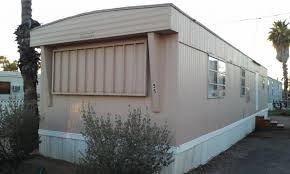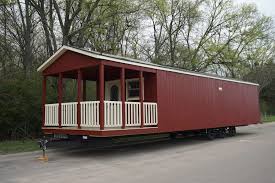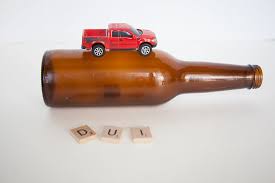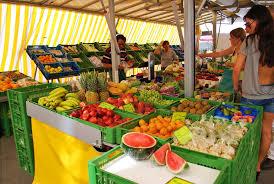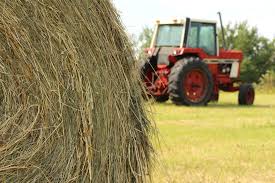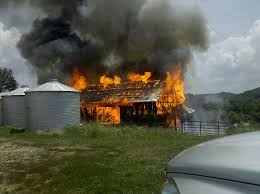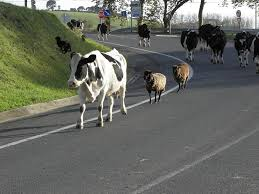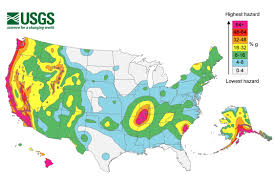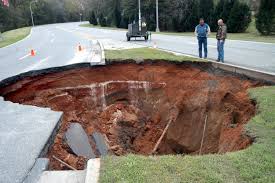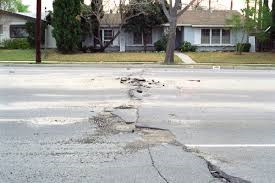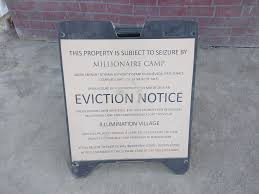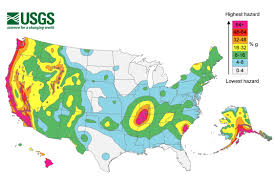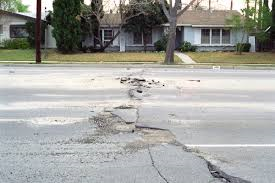Other than agribusiness ventures, farms are unusual because
smaller operations tend to face a mixed bag of loss exposures. Some exposures
are common to businesses while others are exposures that are often faced by
homeowners. This hybrid combination of exposures is due to the fact that
smaller farms are usually run by families that also live on the farm premises.
However, often only some of the family members are devoted full-time to their
own farm’s operation.
As has always been the case, securing significant, steady income
and profits from farming is very difficult. Therefore, the farm family may
choose to supplement its main farm activity by operating other projects on
their premises. Some may be related to their farming such as:
·
Running a petting zoo
area with some of the farm’s livestock
·
Offering horse rides
·
Operating a gift shop or
produce stand
·
Performing canning
operations for other parties’ produce
·
Operating a repair shop
for small farm equipment
A farm may also involve other, non-farm projects, such as:
·
Operating a daycare
service
·
Fee-assisted aid to
other farmers on applying for grants and loans
·
Operating a small
accounting service
·
Hosting a subscription
newsletter service
·
Operating a pottery
studio in a converted farm barn
In most instances, the farm owner may be able to arrange for
additional coverage to be added to the farm policy in order to handle losses
connected to the given business operation. Typically, a precise description of
the business such as: “Johnson Family Produce Cleaning and Canning Operation”
is necessary. For an additional charge to the policy, the farm owner can be
protected against loss to property that is used in the described business, such
as a fire in a separate, converted barn that houses an accounting service run
by the farmer’s spouse. It may also offer liability coverage. Consider the
following:
Example: Sara “Granny” Smith owns a large apple orchard. She used to make cider and fruit juice manufacturing company. Since she still owns the building and equipment she used to make her own product, Sara begins a small operation (called “Granny’s Pressings”) to process the apples grown by several neighboring apple farmers. This “side juice from her own crop but she now has an agreement to sell all her apples to the region’s largest business” brings in about $7,000 a year, compared to the nearly $76,000 she takes in from selling her apple crop to the juice manufacturer. Sara’s cousin and insurance agent tell her that she won’t be covered for any damages resulting from “Granny’s Pressings” unless she adds additional coverage for this side-business. He convinces Sara by pointing out claim situations such as:
·
a neighbor who slips on
apple remnants while carrying a bushel of apples onto Sara’s property to be
pressed into cider;
·        child from a nearby town who becomes ill after drinking cider pressed at Granny’s that were contaminated with oil used to lubricate the manufacturing machinery;
·
Sara packages a
truckload of cider for a neighbor but the neighbor is unable to sell it to any
stores because the inferior plastic bottles developed hairline cracks.
If you happen to run a farm that also contains other business
activities, it’s important that you discuss the situation with your agent and
find the best option for covering the additional source of loss.
COPYRIGHT: Insurance Publishing Plus, Inc. 2017
All rights reserved. Production or distribution,
whether in whole or in part, in any form of media or language; and no matter
what country, state or territory, is expressly forbidden without written
consent of Insurance Publishing Plus, Inc.

 Contact
Contact
 Email an Agent
Email an Agent

 Click to Call
Click to Call Get Directions
Get Directions